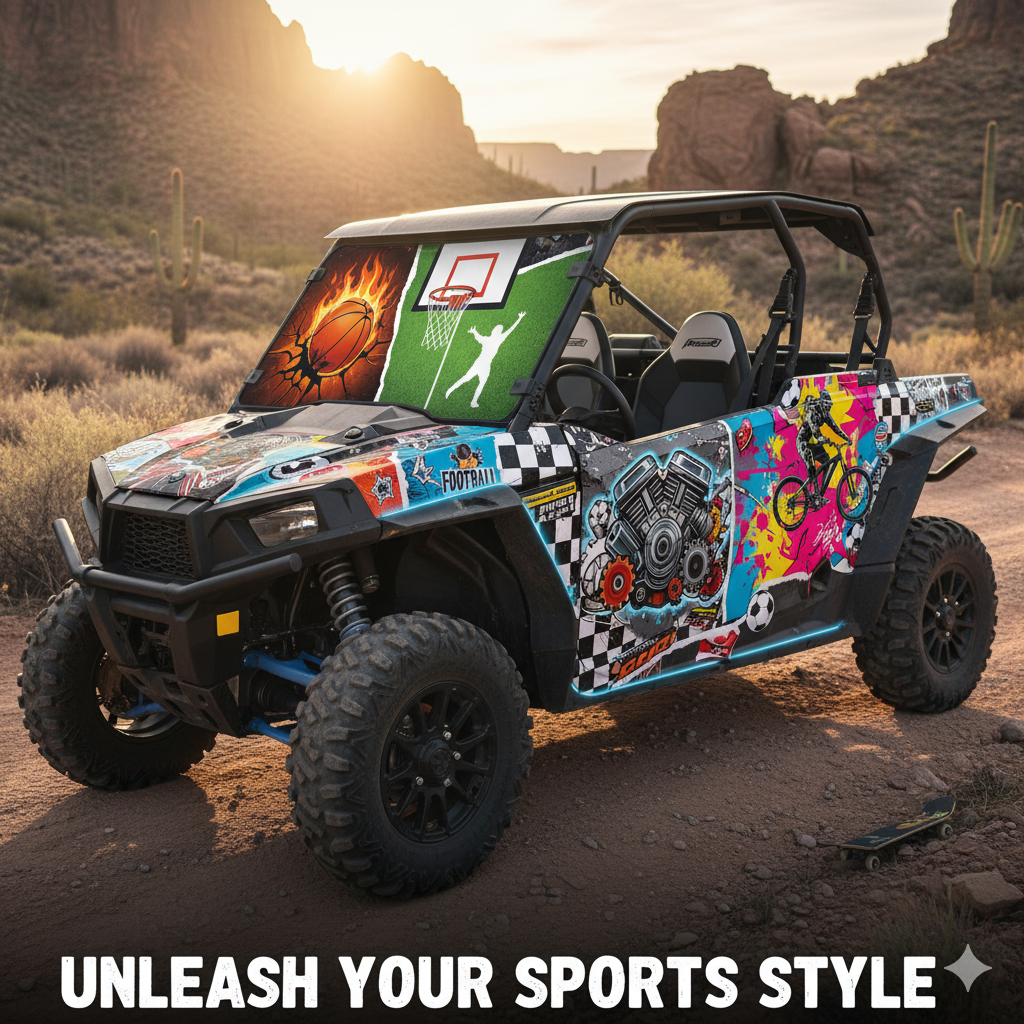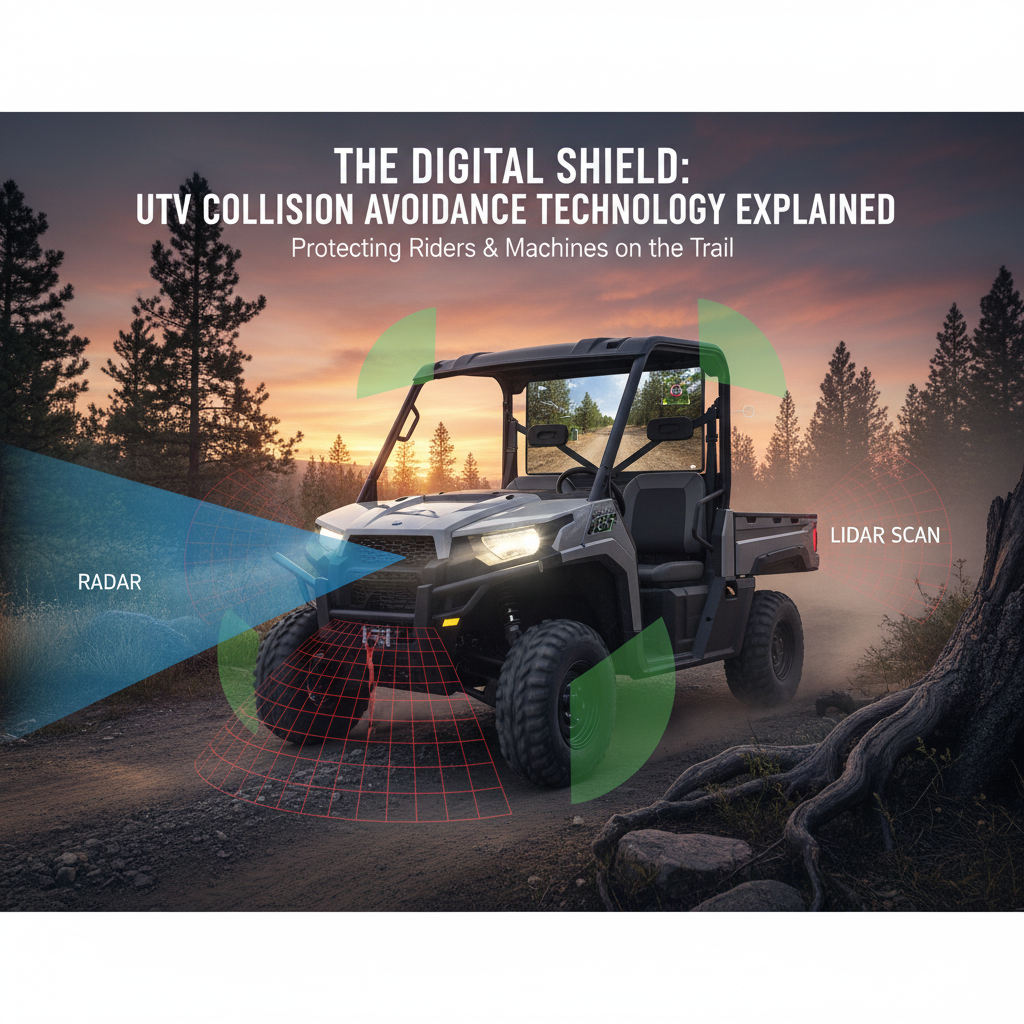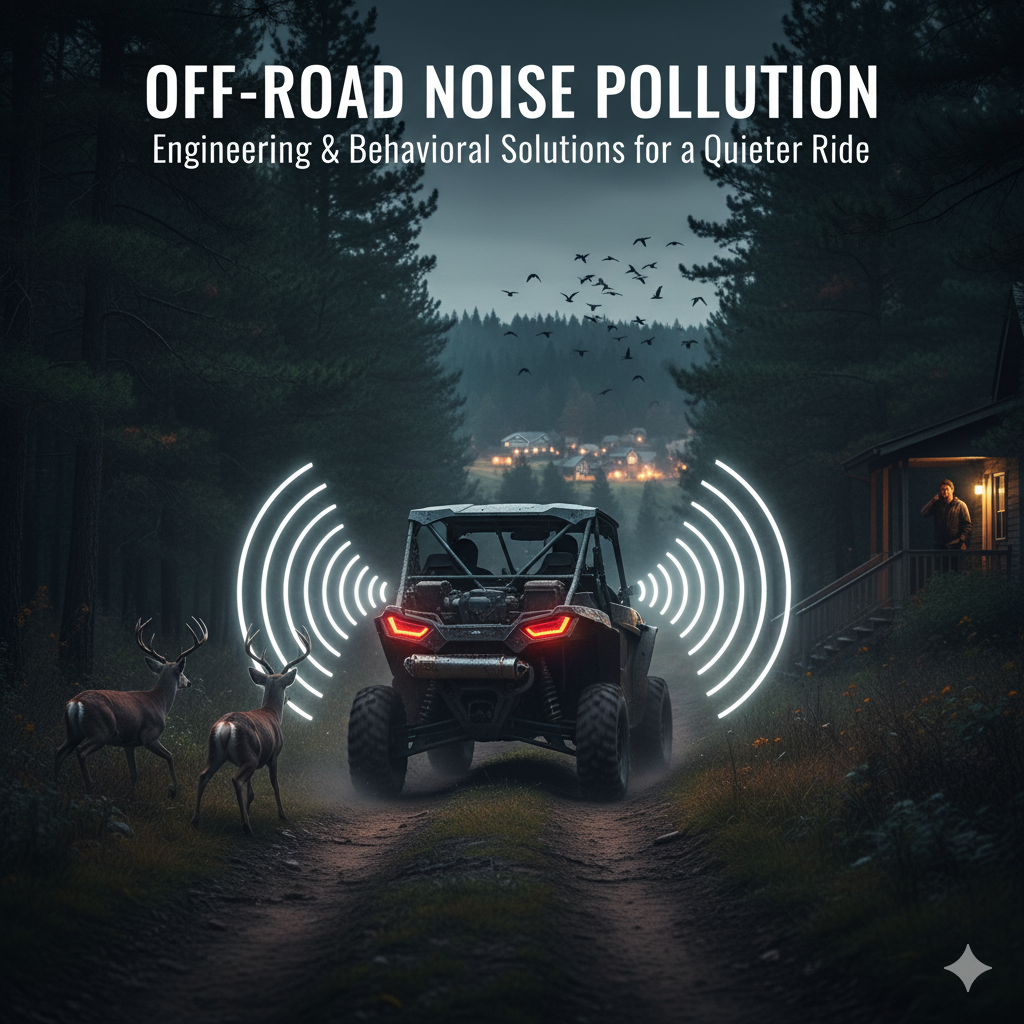Hello, fellow trail-blazers and night-riders!
There’s a unique magic to exploring the great outdoors after the sun goes down.
The world transforms, trails take on a new personality, and the sense of adventure is amplified.
But this nocturnal exploration comes with a critical requirement: the ability to see.
Stock headlights, while adequate for the street, are simply no match for the pitch-black conditions of a remote trail or a dense forest.
This is where the world of custom off-road lighting comes into play, a crucial upgrade that is as much about safety as it is about capability and style.
This comprehensive guide will illuminate the path, covering everything from the different types of lights and beam patterns to strategic placement and power management.
Let’s turn night into day!

Beyond the Headlights: Why Custom Lighting is Non-Negotiable
Upgrading your vehicle’s lighting isn’t just for looks; it’s a fundamental aspect of safe and effective off-roading.
Here’s why it’s so important:
- Vastly Improved Visibility: This is the most obvious benefit. High-quality auxiliary lights can project a beam hundreds of yards down the trail, revealing obstacles, turns, and changes in terrain long before your stock headlights would.
- Enhanced Safety: Better visibility directly translates to increased safety. It gives you more time to react to hazards like rocks, ruts, drop-offs, or wildlife, preventing accidents and vehicle damage.
- Situational Awareness: Off-road lighting isn’t just about seeing what’s in front of you. Side-facing “ditch lights” and rear-facing “chase lights” improve your peripheral vision and make you more visible to others in your convoy, especially in dusty or foggy conditions.
- Reduced Driver Fatigue: Straining to see in low-light conditions is mentally exhausting. Proper lighting reduces eye strain and allows you to drive more comfortably and confidently for longer periods.
- Versatility for Work and Recovery: Bright, wide-angle “scene” or “camp” lights can illuminate an entire area, making tasks like setting up camp, making a trailside repair, or conducting a vehicle recovery much easier and safer at night.
The Anatomy of Light: Understanding Beam Patterns
Not all off-road lights are created equal.
The way a light projects its beam is crucial to its function.
Understanding these patterns is key to building a versatile lighting setup.
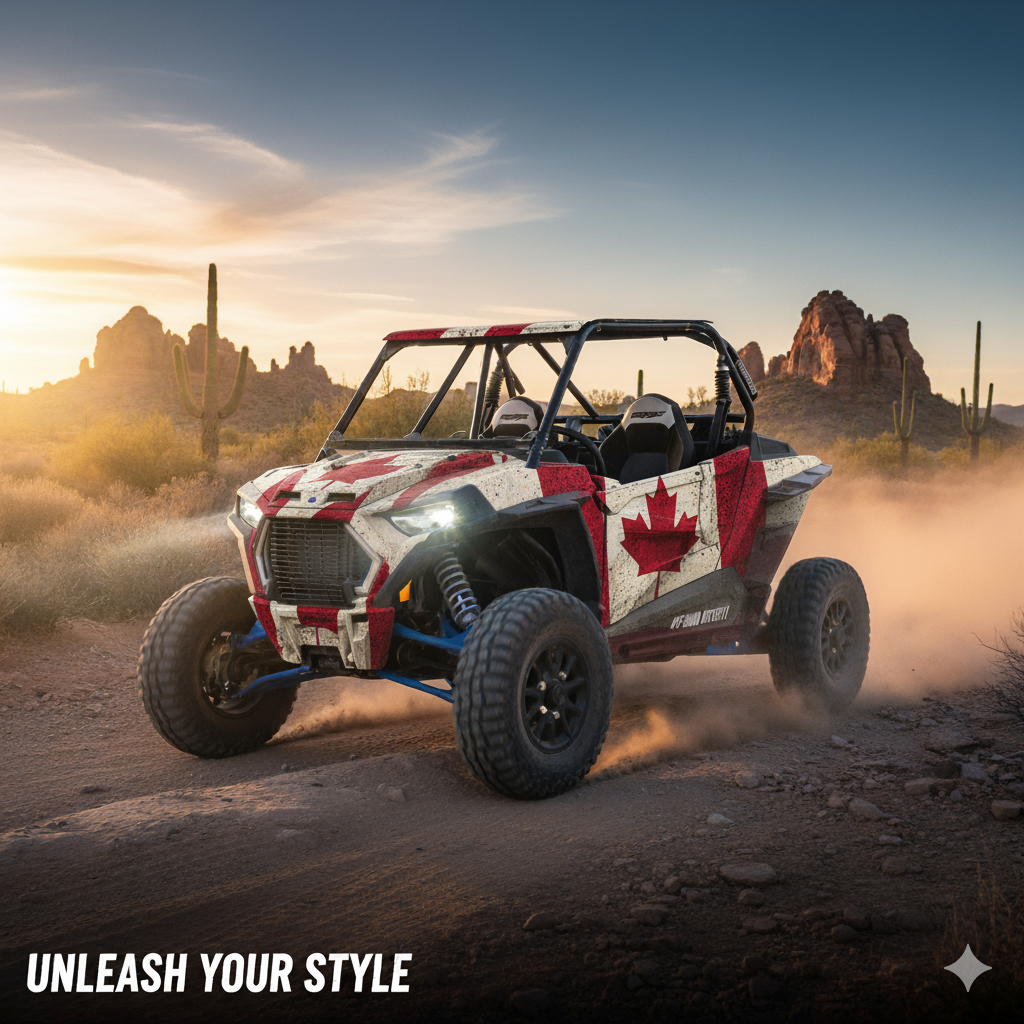
1. Spot Beam:
A spot beam is a highly focused, narrow cone of light designed for maximum distance.
Think of it as a sniper rifle of light.
It’s perfect for high-speed driving on open trails or deserts where you need to see far ahead.
Its main drawback is its limited side-to-side coverage.
2. Flood Beam:
A flood beam does the opposite.
It casts a wide, dispersed pattern of light that illuminates a large area close to the vehicle.
This is ideal for slow-speed technical crawling, navigating tight wooded trails, or as a general work/camp light.
It sacrifices distance for broad, even coverage.
3. Combo/Hybrid Beam:
As the name suggests, a combo beam light bar incorporates both spot and flood optics into a single housing.
Typically, the outer sections are flood reflectors, while the center section uses spot reflectors.
This provides a versatile, all-in-one solution that offers both distance and width, making it the most popular choice for primary light bars.
4. Driving Beam:
A driving beam is a sort of middle ground.
It’s wider than a spot but more focused than a flood.
It’s designed to supplement your high beams for on-road and light off-road use, providing good distance with decent side coverage.
The Off-Roader’s Lighting Toolkit: Types of Lights and Their Uses
Building a comprehensive lighting system involves layering different types of lights, each with a specific job.
1. LED Light Bars:
This is the quintessential off-road light.
Available in sizes from 6 inches to over 50 inches, light bars are typically mounted on the roof, front bumper, or grille.
A combo beam light bar is the workhorse of any setup, providing the bulk of your forward-facing illumination.
Quality varies dramatically, with brands like Baja Designs, Rigid Industries, and KC HiLiTES leading the high-end market, while many budget-friendly options are also available. [1, 2]

2. Pods / Cube Lights:
These are small, versatile, and powerful lights, usually in a 3×3 or 4×4 inch housing.
Their compact size allows them to be mounted almost anywhere.
Common uses include:
- A-Pillar / Ditch Lights: Mounted at the base of the windshield, these are angled outwards to illuminate the sides of the trail (the “ditches”), which is crucial for spotting hazards when turning.
- Bumper Lights: Used as fog lights (with an amber or yellow lens) or as supplemental driving lights.
- Reverse/Rear Lights: Mounted on the rear bumper or roof rack, these provide much-needed visibility when backing up on a dark trail.
3. Rock Lights:
Rock lights are small, durable pods mounted in the wheel wells, under the frame rails, and beneath the bumpers.
Their purpose is to illuminate the ground directly around and under your vehicle.
This is incredibly useful for technical rock crawling at night, allowing you (and your spotter) to see tire placement and ground obstacles clearly.
They also add a dramatic aesthetic effect. [3]
4. Chase Lights:
A chase light bar is mounted at the rear of the vehicle, typically on the roofline or roll cage.
It serves multiple functions: a running light, a brake light, a reverse light, and often, an amber or blue strobe light for visibility in heavy dust or emergency situations.
This is a critical safety feature for anyone who rides in groups.
5. Camp/Scene Lights:
These are typically flood-beam pods mounted on the sides or rear of a roof rack.
They are designed to cast a wide, even spread of light to illuminate a campsite or work area, freeing up your hands from holding a flashlight.
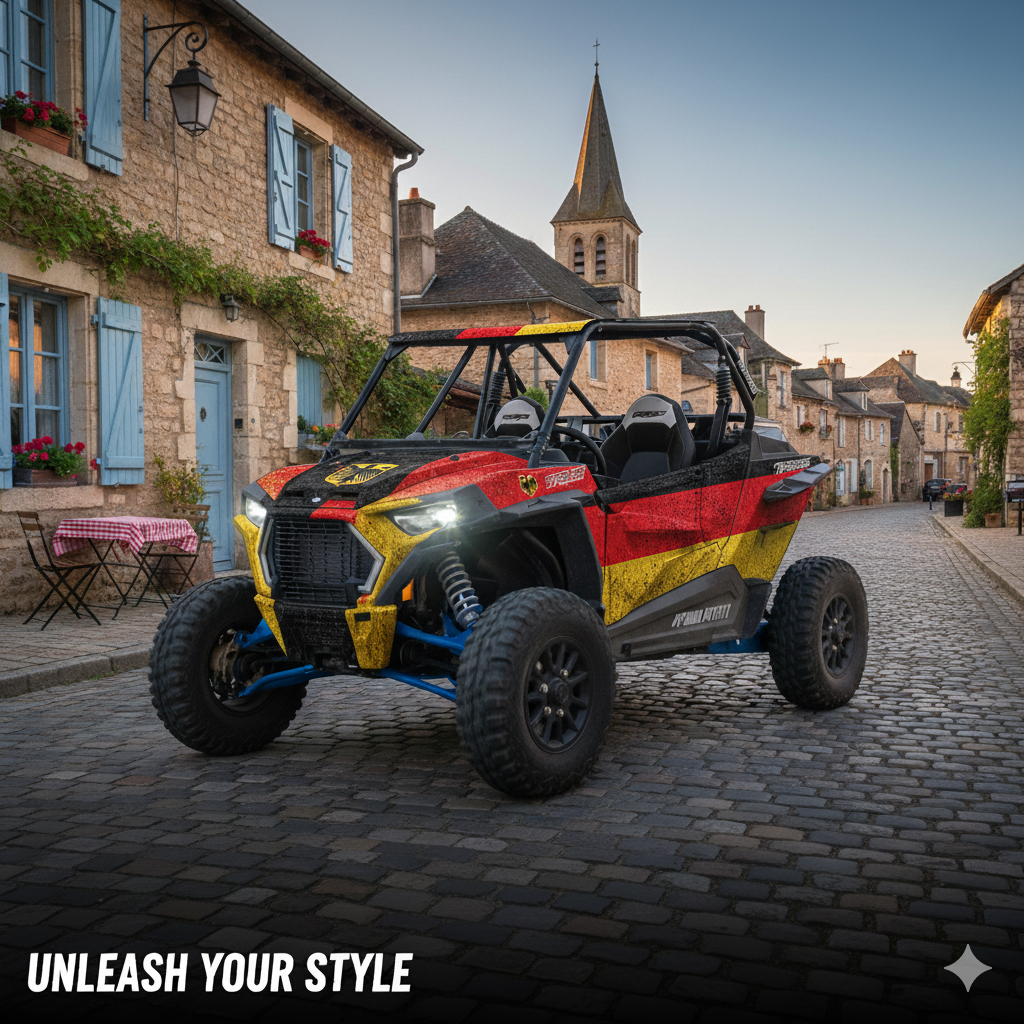
Power, Wiring, and Control: The Technical Side
Installing a powerful lighting system requires careful attention to the electrical system.
Simply tapping into your existing headlight wires is a recipe for disaster.
- Dedicated Wiring Harness: Every auxiliary light should be powered through a dedicated wiring harness that includes a relay, an inline fuse, and a switch. This pulls power directly from the battery, protecting your vehicle’s stock wiring.
- Power Management Systems: For multiple lights, a centralized power management system like an sPOD or Switch-Pros panel is a fantastic investment. These systems provide a clean, safe, and easy way to control all your accessories from a single switch panel in the cab. [4]
- Alternator and Battery: A large array of high-power lights can draw significant amperage. For extreme setups, upgrading to a high-output alternator and a dual-battery system may be necessary to ensure you have enough power and don’t get stranded.
Conclusion: Light Up Your Adventure
A well-designed off-road lighting system is one of the most functional and confidence-inspiring upgrades you can make.
It transforms your vehicle into a true 24-hour exploration machine, allowing you to safely push boundaries and experience the trail in a whole new way.
By layering different types of lights and beam patterns, you can build a versatile system that is tailored to your specific needs—from high-speed desert runs to technical nighttime crawling.
So, assess your needs, plan your setup, and get ready to conquer the darkness.
Your next great adventure doesn’t have to end when the sun goes down.
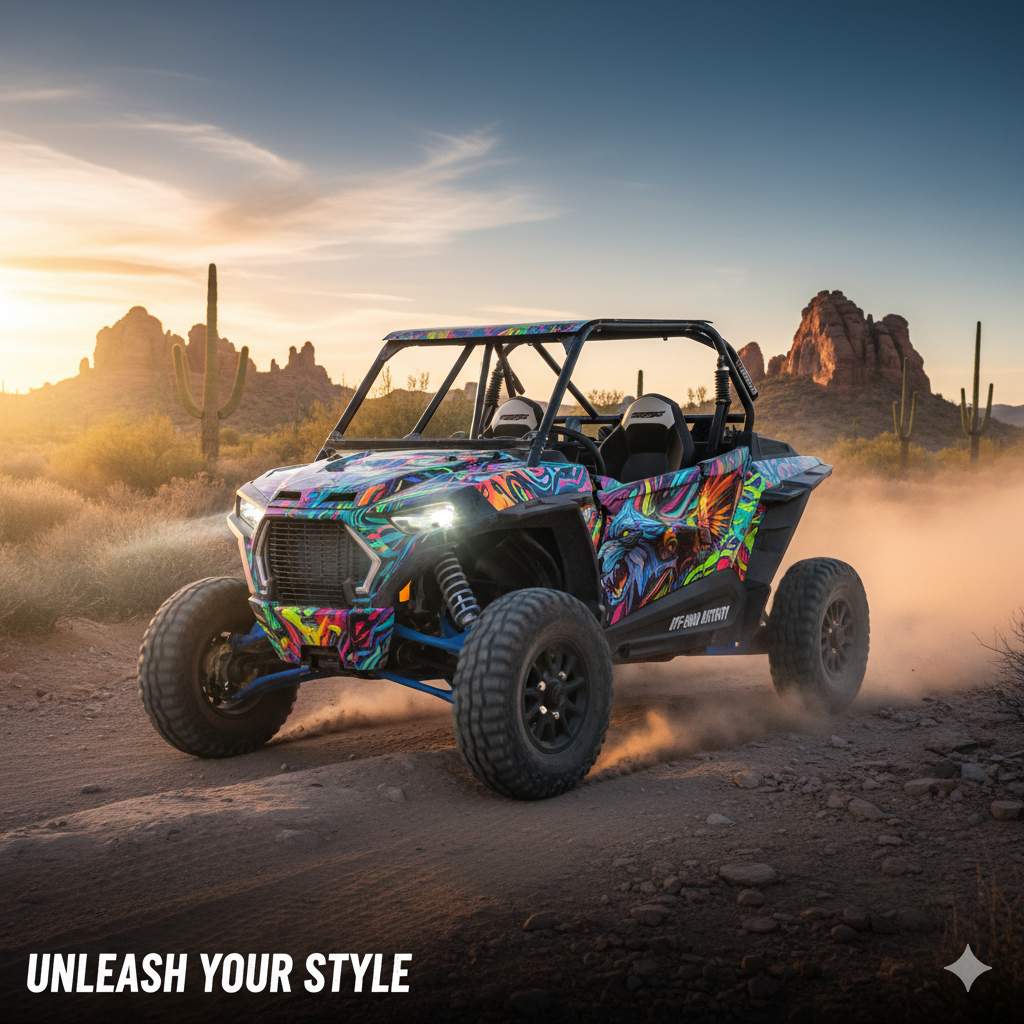
References
- [1] Baja Designs | The Scientists of Lighting
- [2] Rigid Industries | High-Performance LED Lighting
- [3] Oracle Lighting | Rock Lights Collection
- [4] Switch-Pros | Switch Panel Power Systems

